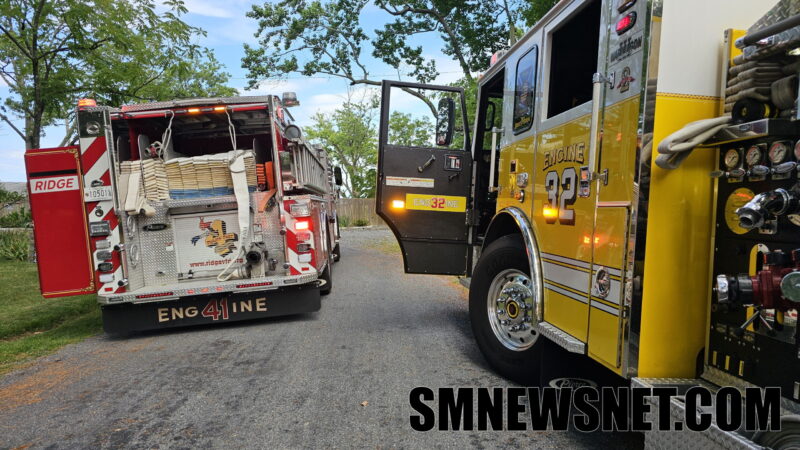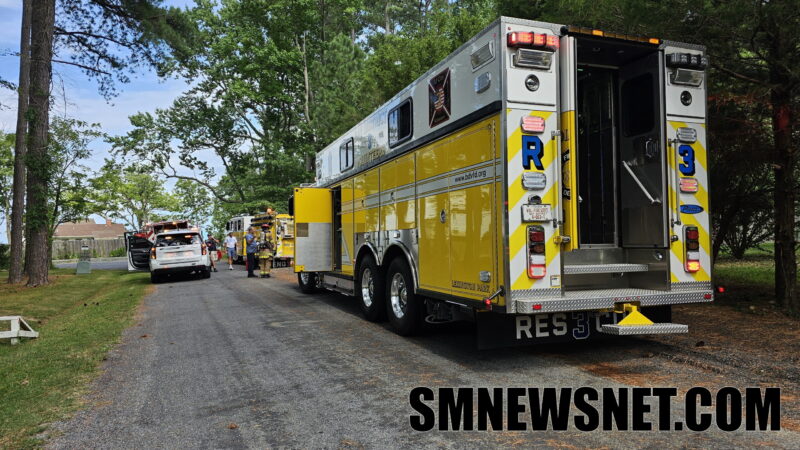 On Thursday, July 11, 2024, at 8:37 a.m., emergency medical personnel responded to a residence in the 48000 block of Spring Ridge Road in Lexington Park, for injuries after a fall.
On Thursday, July 11, 2024, at 8:37 a.m., emergency medical personnel responded to a residence in the 48000 block of Spring Ridge Road in Lexington Park, for injuries after a fall.
911 callers reported a 72-year-old male was in and out of consciousness after a fall.
Emergency medical personnel arrived on the scene to find the male suffering injuries to the head and requested a helicopter for his injuries.
Maryland State Police Helicopter Trooper 7 landed nearby and transported the victim to an area trauma center.
On Thursday, July 11, 2024, at 3:15 p.m., emergency medical services along with firefighters from Ridge and Bay District Volunteer Fire Departments responded to the same residence for a possible carbon monoxide poisoning with patients.
911 callers reported a male passed out earlier with one more subject having symptoms.
Crews arrived on the scene to find a large three-story mansion and made contact with the homeowner who stated he was not feeling well.
Firefighters made entry into the residence with meters to find initial readings of 112 ppm and was advised that one other person was inside of the residence.
Firefighters exited the residence and obtained additional equipment to re-enter the residence and discovered readings of over 450 ppm in the basement and began searching the basement, first, second and third floor for additional occupants.
One juvenile was evaluated and transported to an area hospital. A second patient denied transport.
Crews isolated the problem to the hot water heater located in the basement and secured power and utilities to the unit and residence.
Health effects and symptoms from Carbon Monoxide (CO) are based on the different levels and length of exposure as well as the patients age and health condition. The concentration of CO is measured in parts per million (ppm). The exposure of CO in the range from 1 to 70 ppm are uncertain but most people will not experience any noticeable symptoms. As the level of CO rises, and remains above 70 ppm, symptoms become more noticeable and patients may have headaches, fatigue, and nausea. As CO levels increase even more to above 150 to 200 ppm, the concentration can become deadly if its persistent and patients will have disorientation, unconsciousness, or even death.






